Jardin du Luxembourg
Five minutes west of Sorbonne Square lies the Parisian Garden of the Jardin du Luxembourg. This garden is so pretty and elegant that it surely falls in the category of the things you should not miss while in Paris. It is actually on the border between Saint-Germain-des-Prés and the Latin Quarter and was created at the orders of Marie de Medici.
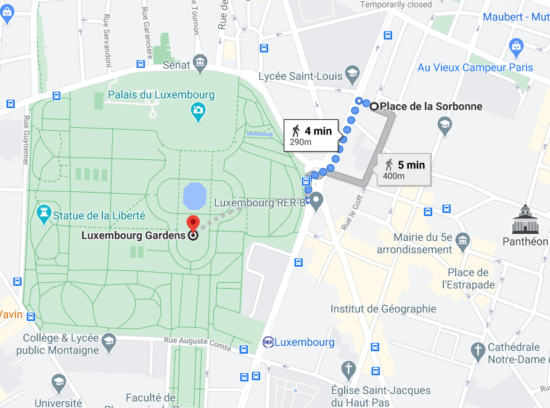
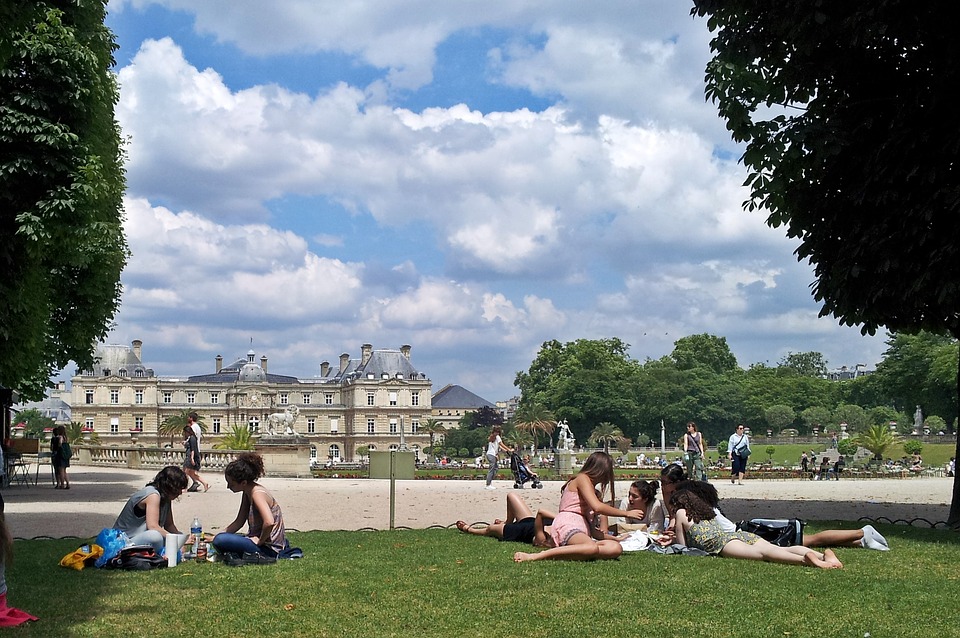
Marie de Medici was Henry IV‘s second wife, after the annulment of his marriage with Queen Margot. Marie de Medici was an ingenious feather-bed daughter of the Grand Duke of Tuscany whom many suspected of the death of her husband, a death that came only a day after her coronation as Queen of France. Despite her precarious place as a suspected perpetrator and an outsider Marie de Medici managed to secure her rule and feel safe enough to build herself a new palace that would remind her of home.
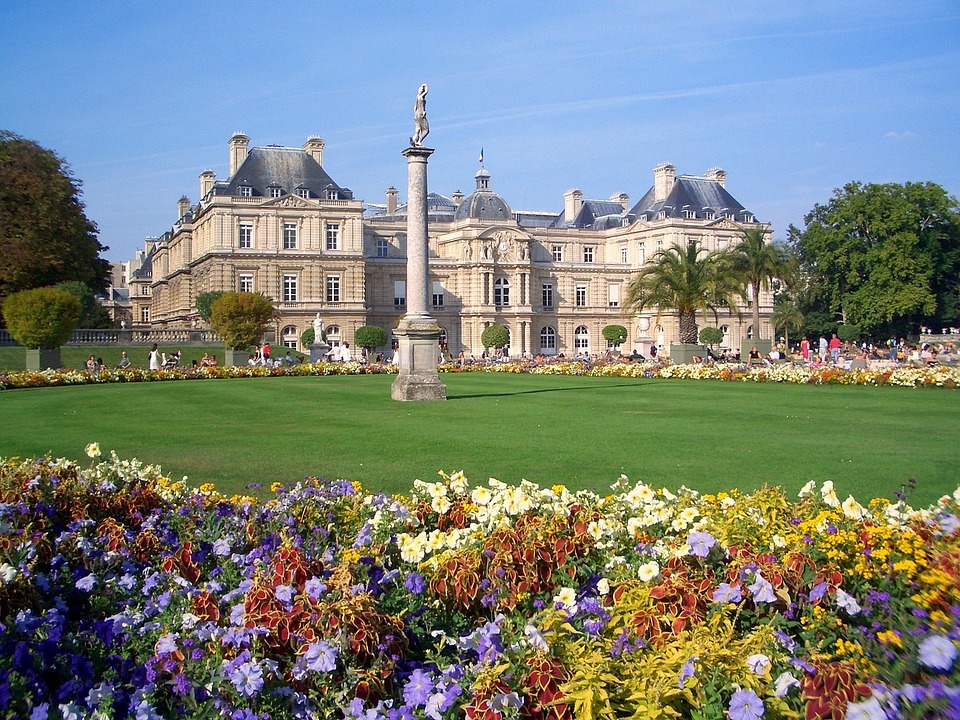
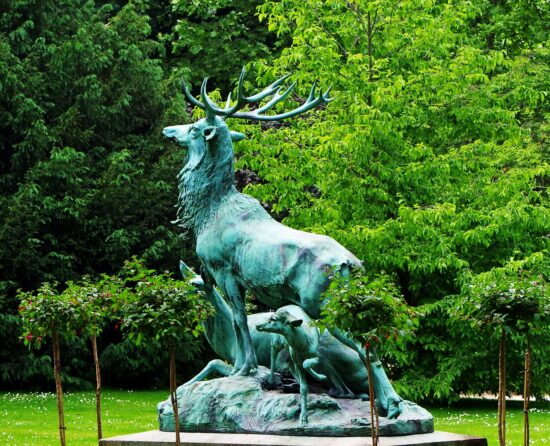
French architects were sent to Florence to make detailed drawings of Palazzo Pitti, the greatest palace of the Queen’s home-town, the gardens were modeled after the Boboli Gardens in Florence and a Florentine fountain-maker named Tommaso Francini took on the task of creating an impressive Italian Renaissance style fountain (Medici fountain).
There was just one problem. The land on the left bank did not have the needed water sources for such a project. Wells were the only producers of inland water then, and it was easier to dig in the softer ground on the other side of the river. Hence the left bank was still at the time of the construction (1610), less populated compared to the right bank.
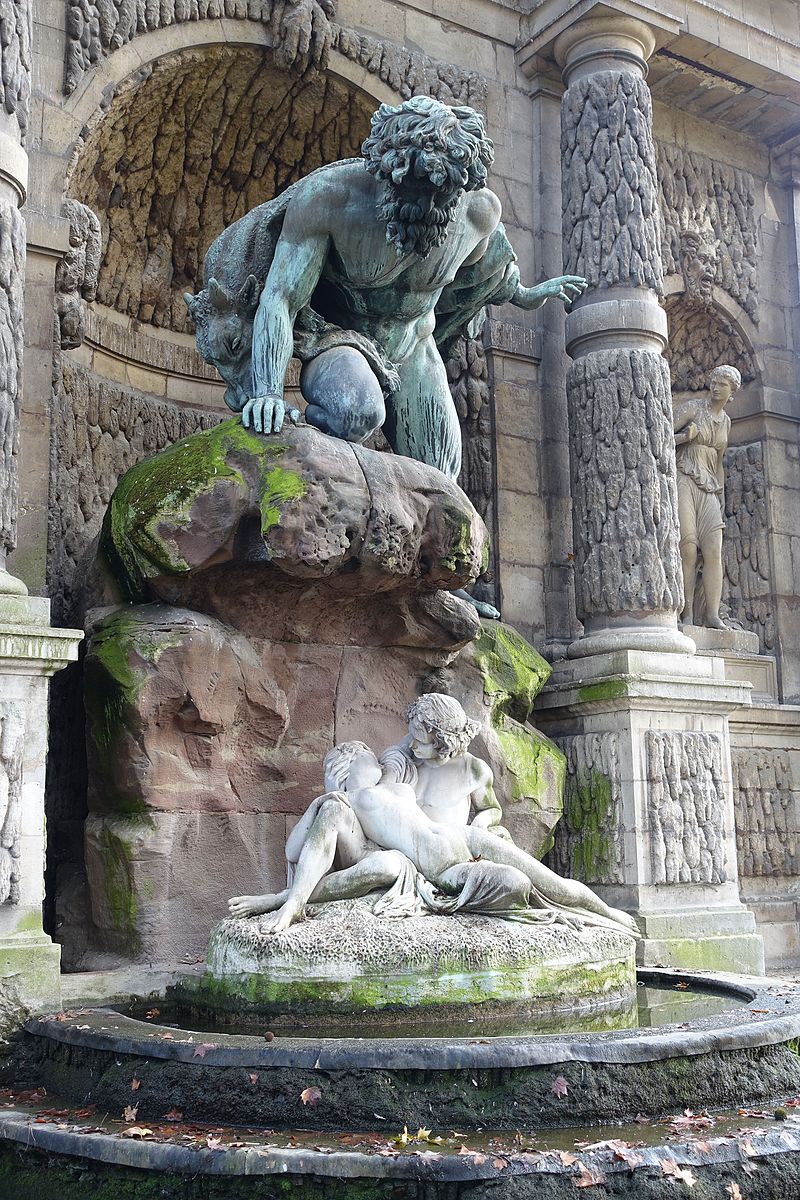

The restoration of the ancient Roman aqueduct and the construction of a new 13 km underground water conduit with several “Regards” (little stone houses that provided access to the running water) in between, made the Palace and Jardin of Luxembourg the new pride of the court, making in the same time the left bank the new hot-spot for the Parisian nobility. After some years of neglect, the park revived during Louis Napoleon’sapoleon’sapoleon’sapoleon’sapoleon’sapoleon’sapoleon’sapoleon’s’s time in the mid-19th century with a major renovation that added new promenades, impressive new gates, a new English-style garden, the further beautification and expansion of the Medici fountain.
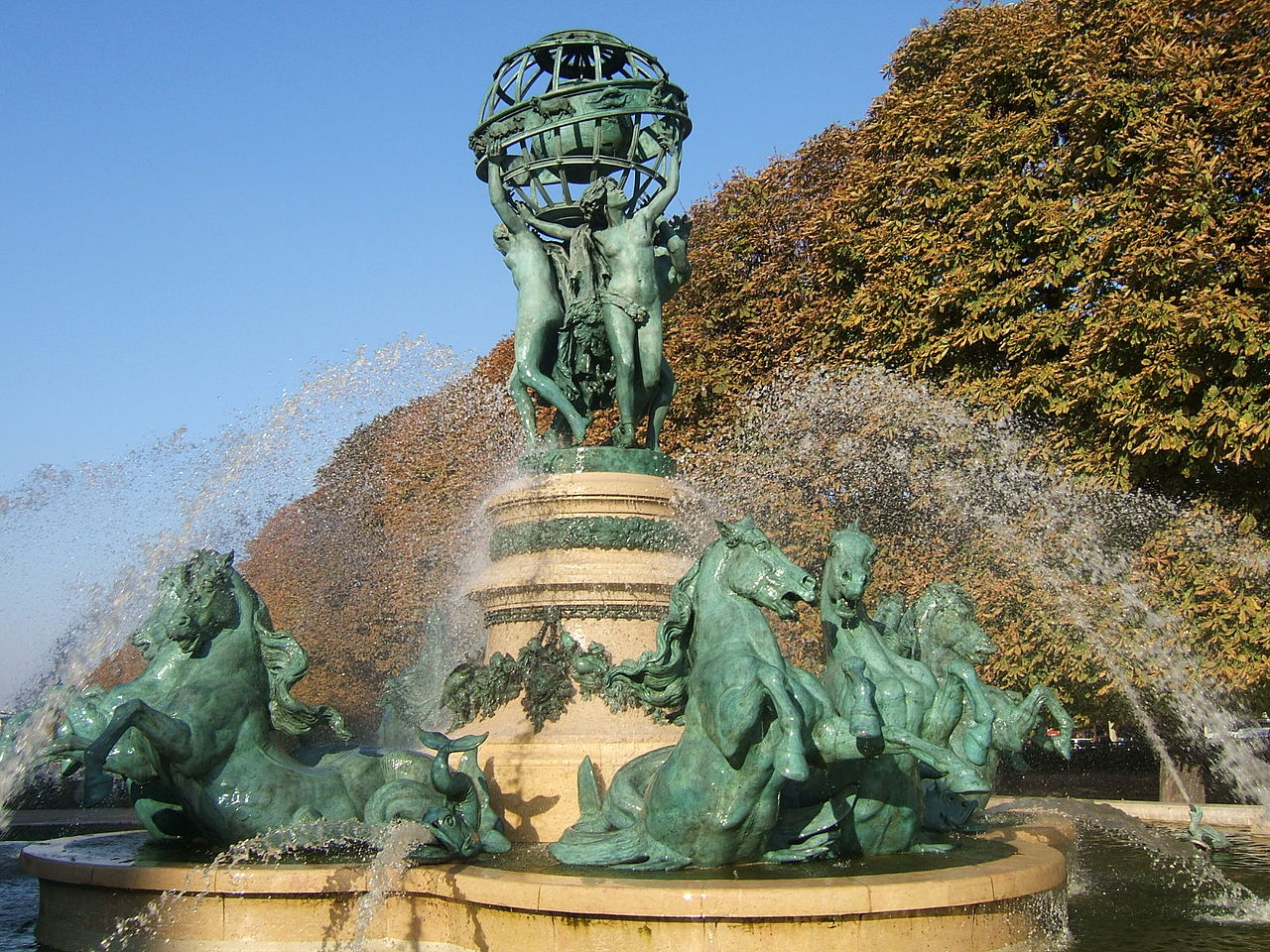
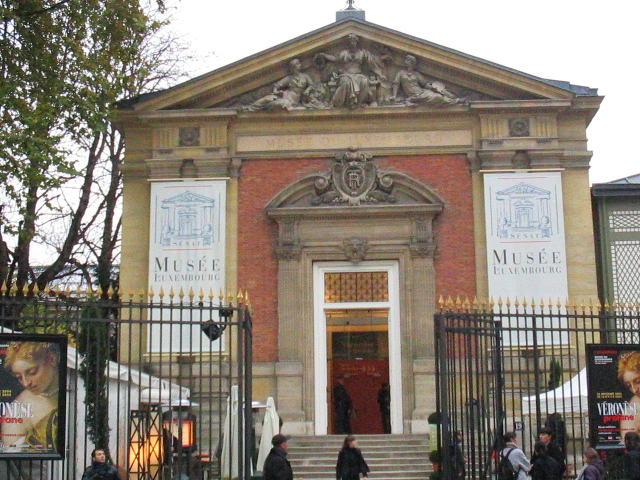
Today Luxembourg Palace is used by the French Senate so it is not open to the public as are Luxembourg Gardens which are in reality more like an open-air museum than a garden with 106 statues spread throughout the park. You will however have the chance to enter the Musee de Luxembourg open seven days a week from 10:00 am to 7:00 pm.
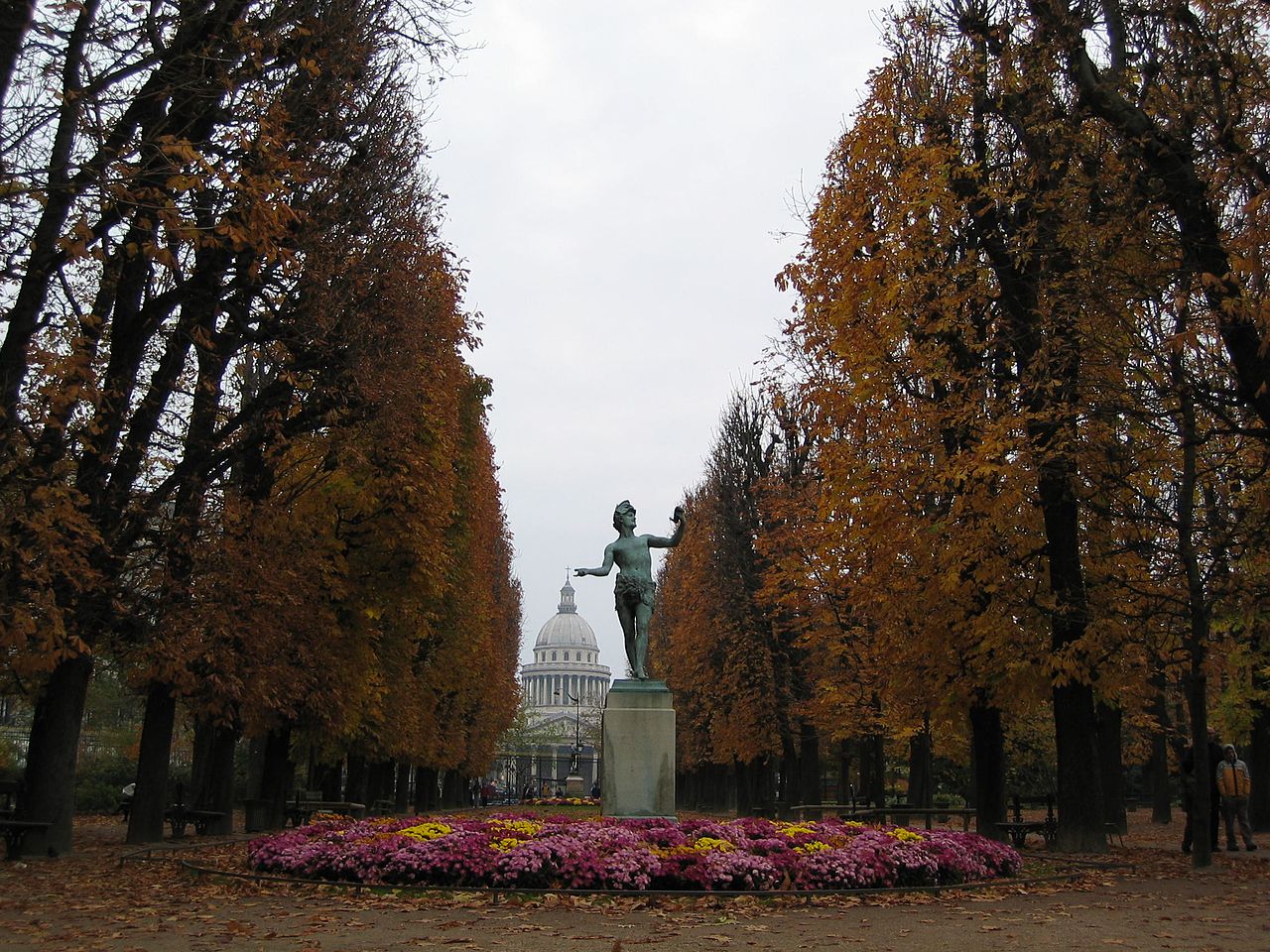
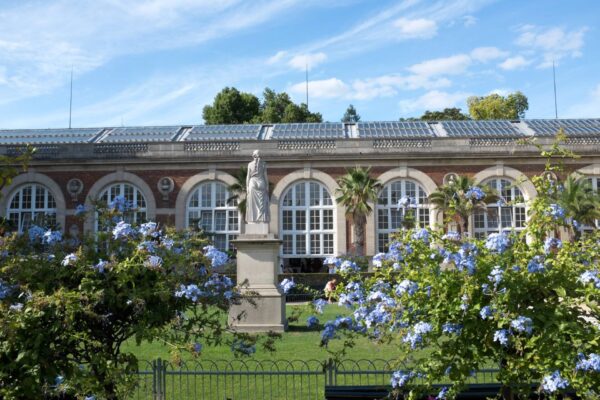
Today Luxembourg Museum is a museum well-established as one of the leading exhibition spaces in Paris, one that enables its numerous visitors to enjoy masterpieces by Botticelli, Raphael, Titian, Veronese, Gauguin, Matisse, and Modigliani. You can also enter the Orangerie, created and still operating as a nurturing house of orange trees and palms but at the same time used for several temporary exhibitions.

